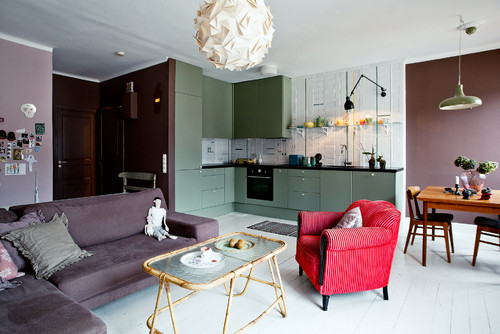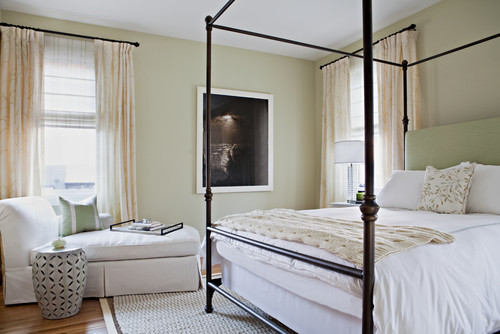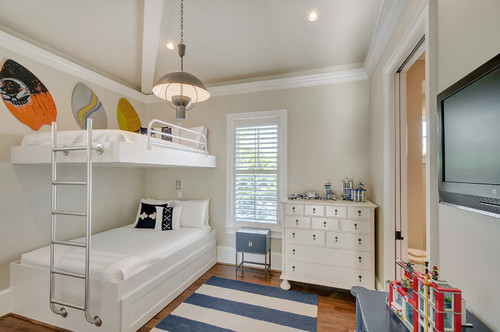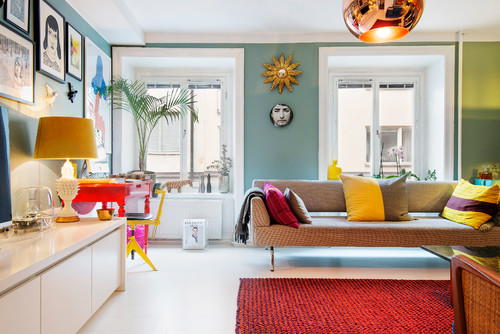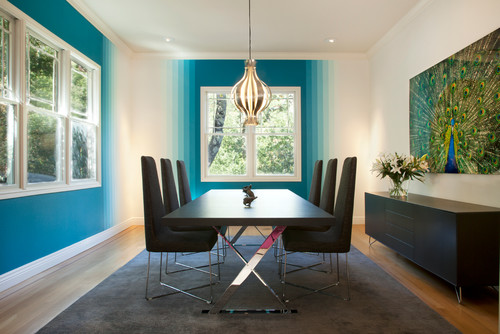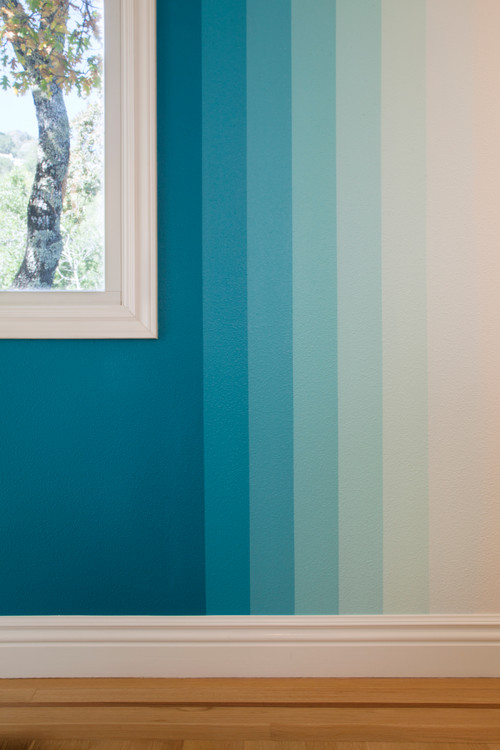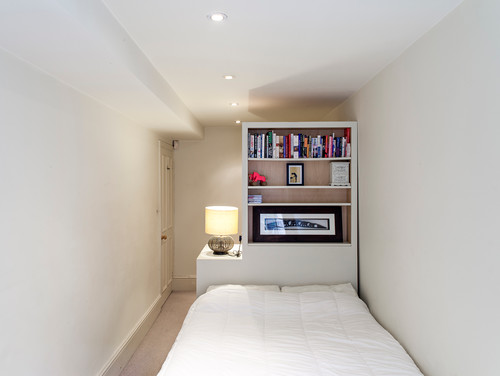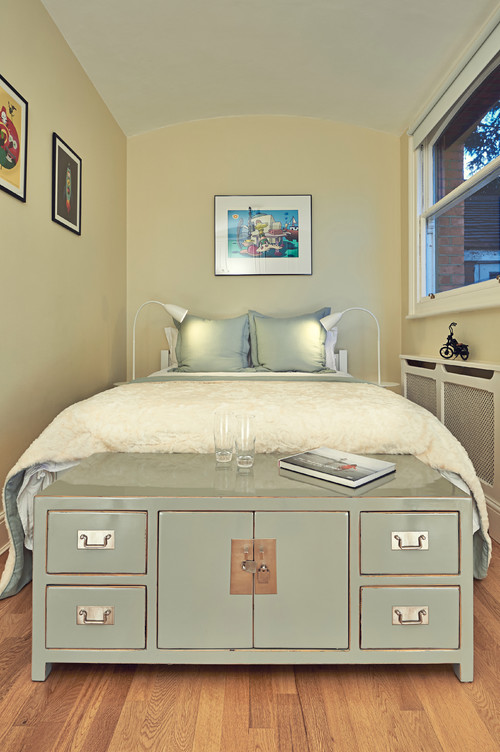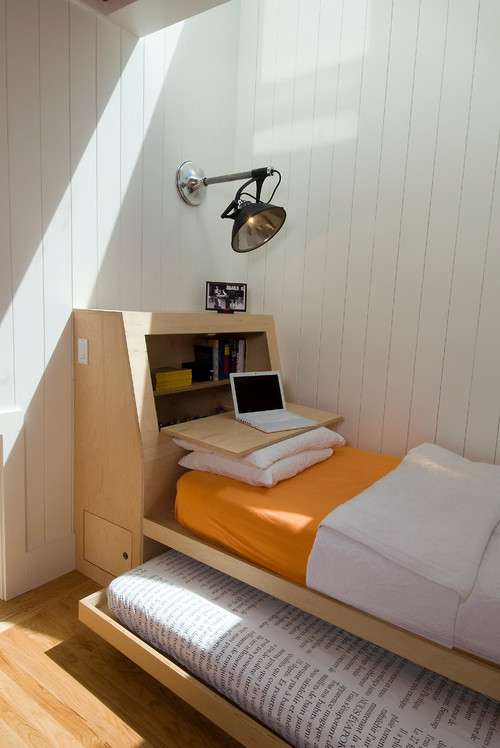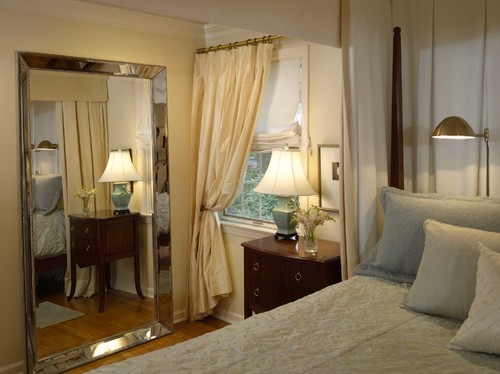Design Dilemma: Moving Away from Minimalist White
When we think of clean, modern style, it seems that white always plays a starring role. White walls have been seen as classic and bright, the perfect way to lighten up any drab interior. But lately, the stranglehold that white has had on minimal, modernist interiors is beginning to loosen. Even in Scandinavia, the land of white minimalism, color is now coming back into vogue.
Is it possible to put a color on a wall when the effect you’re after is one of lightness, modernity, architectural purity? We think so. Let’s explore!
Pastels push out white
The Scandinavians know a thing or two about keeping things airy and bright and simple. But lately, even they have embraced the idea of more color on their walls. The colors they are choosing are often pastels, which manage to act almost as neutrals, allowing other aspects of the room to stand out. The living room below is one example, where a salmon pink nicely balances a deep gray paneling.
And here, another minimal pink:
Very pale blues, grays and greens can also serve as perfect backdrops to a modern interior.
Above, a color between lavender and gray adds an unexpected backdrop to a simple interior. And below, a soft cloud gray allows elements, such as the pendant lamp and decorative wall hangings to take center stage:
The interior below is simple and modern. What’s unusual is its lavish use of color, not only the blue on the walls, but the pops of color via lamps, the desk, and pillows. This is what they call happy modern!
Deep jewel tones in simple spaces
But don’t get us wrong. Pastels are not mandatory. Check out below, the home of Scandinavian interior designer and architect Daniel Heckscher of Note Design Studio in Stockholm painted his home the surpising colors of turquoise, orange, pink, blue-green and bright yellow.
Special paint treatments
One interesting way to bring in a whole new dimension into simple modern interiors is to have fun with special painting treatments. Below, by painting stripes that seem to fade out from deep peacock blue to white, a fun, optical “fade-out” look is achieved.
Here’s a closer look. The owner requested that the paint shop add 10 percent white to principal cyan color for each subsequent stripe, continuing the gradation for an ombré effect.
And below, in the same home in a living room, geometric colored cut out shapes define the space in a bold way that doesn’t disturb.
>Designers have come to label colorful, modern interiors as “happy modern” and it’s clear where the term comes from. In the past, minimalism connoted a certain righteous purity that was always serious. But who says simplicity has to be serious?
